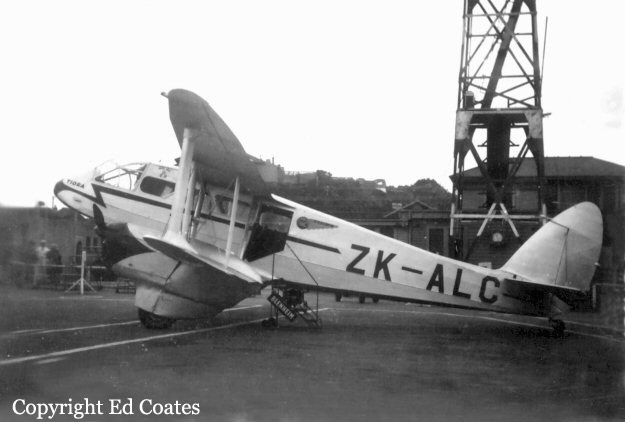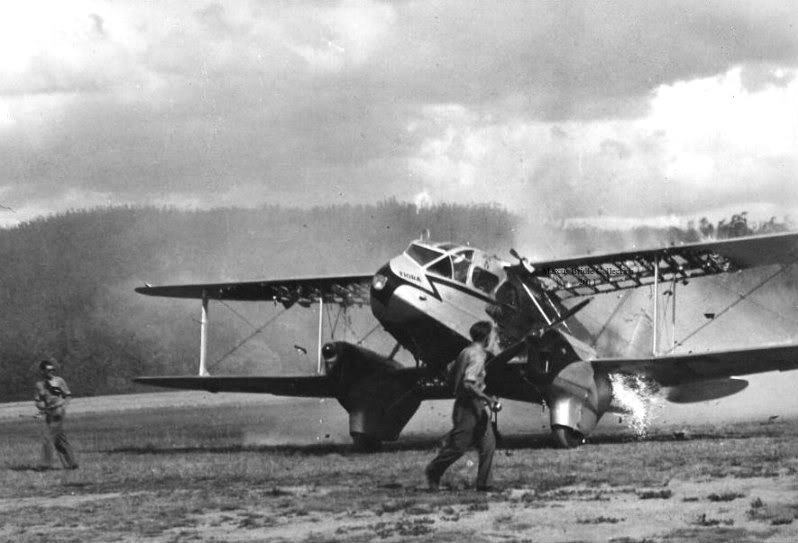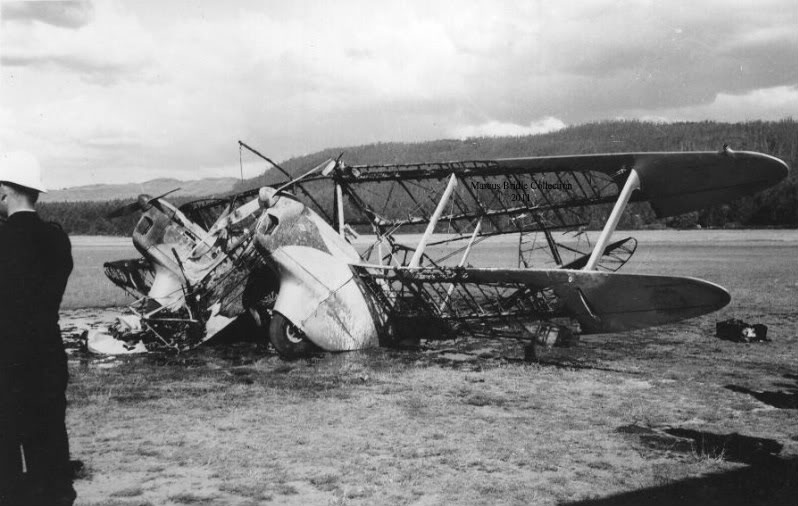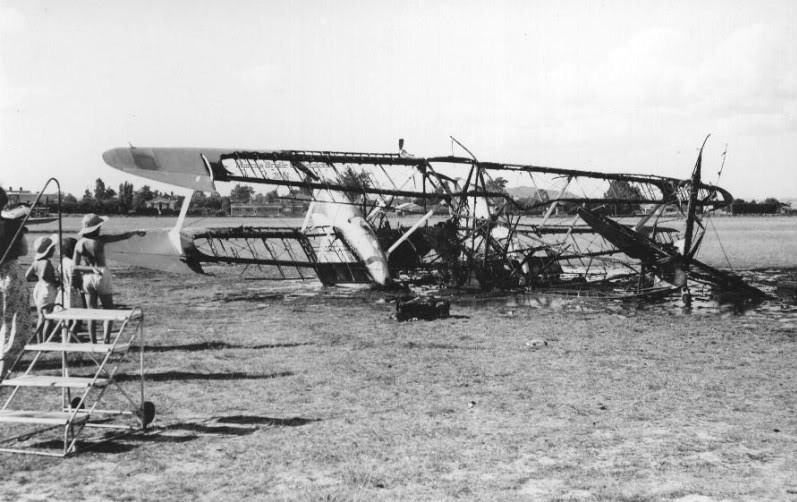Crash of a Lockheed P2V-5 Neptune in Hamilton
Date & Time:
Oct 19, 1953
Registration:
128389
Survivors:
Yes
Schedule:
Hamilton – Quonset Point
MSN:
426-5235
Crew on board:
8
Crew fatalities:
Pax on board:
0
Pax fatalities:
Other fatalities:
Total fatalities:
0
Circumstances:
Just after liftoff from Kindley Field in Hamilton, the airplane stalled and crashed in the Hamilton's harbor. All eight crew members were rescued while the aircraft was lost.
Probable cause:
The stall was caused by a tail plane trimming device being stuck.











